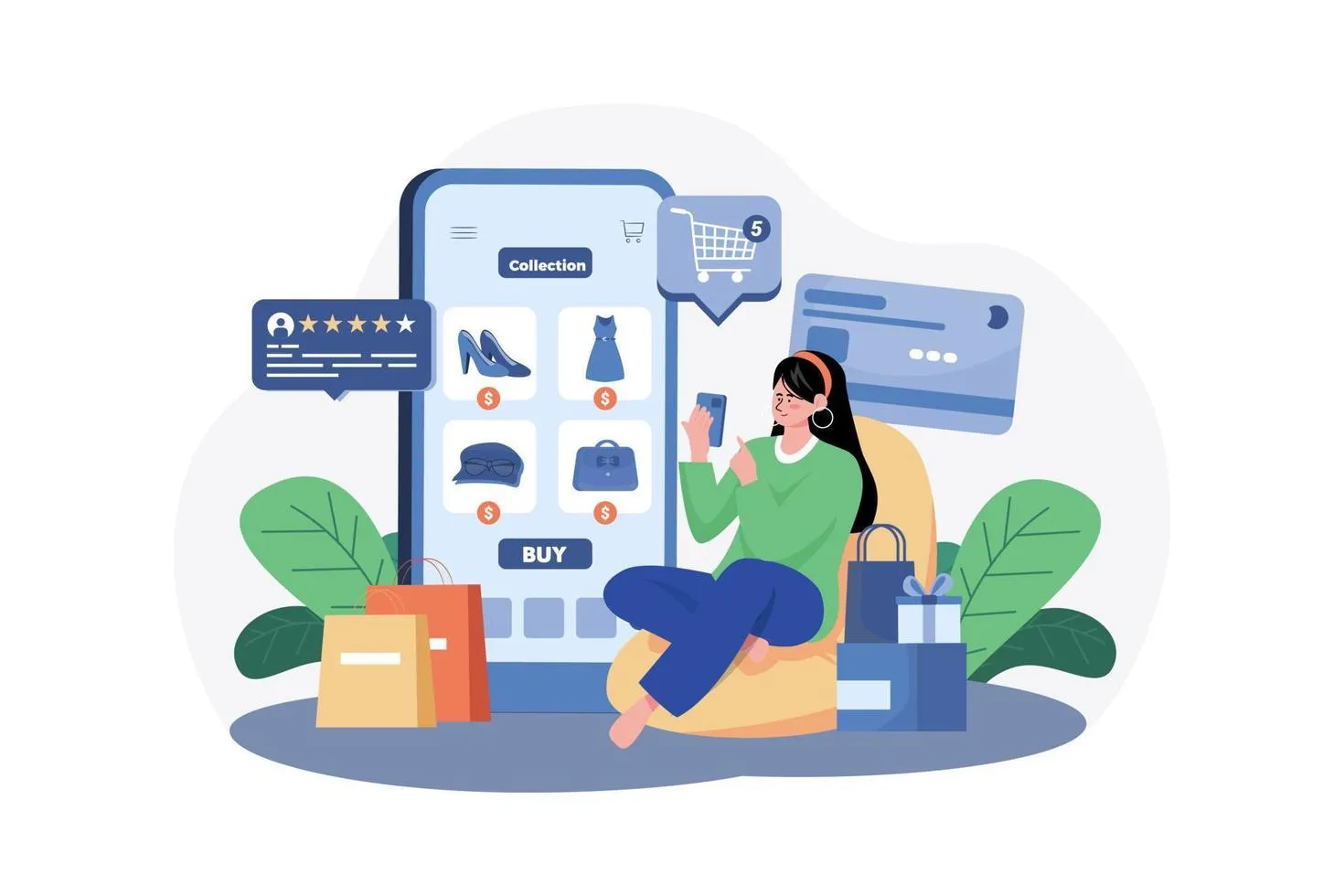Creating a Seamless Online Shopping Journey for Customers

The competition in online retail is fierce. To stand out, businesses must focus on delivering a flawless shopping experience that keeps customers coming back. From the initial site visit to the final purchase, every step of the journey should be streamlined and satisfying. Let’s explore how to craft a seamless online shopping experience that caters to the needs of modern consumers.
1. Prioritize Website Speed and Performance
A fast website is crucial for retaining customers. Slow loading times can quickly lead to frustration and cart abandonment, especially in a world where shoppers expect instant results.
Optimizing your website’s performance by minimizing large image files, using content delivery networks (CDNs), and improving server response times can drastically enhance load speeds. A website that runs smoothly keeps potential customers engaged and less likely to leave in search of a faster option.
For eCommerce brands in particular, effective outreach goes hand in hand with logistics and customer satisfaction. If you're expanding your reach on platforms like eBay, integrating reliable eBay fulfillment services can support your outreach efforts by ensuring a seamless customer experience from discovery to delivery.
2. Offer Real-Time Inventory Updates
Nothing frustrates an online shopper more than adding an item to their cart only to find it’s out of stock at checkout. To avoid disappointment, integrating real-time inventory tracking into your eCommerce system is a must.
Displaying product availability on product pages or showing estimated restock dates when an item is out of stock helps manage customer expectations. Some businesses even use "back in stock" notifications, allowing customers to be alerted when an item becomes available again. This transparency builds trust and helps keep the shopping experience fluid.
3. Simplify Account Creation and Login
While many businesses encourage customers to create accounts, this process shouldn’t be a roadblock to a seamless shopping experience. Offering a smooth, hassle-free account creation process can help enhance the customer journey.
Instead of requiring customers to input long forms, consider social media logins or single sign-on (SSO) options that allow users to quickly register and log in. For customers who prefer not to create an account, offering the option to checkout as a guest can provide a faster, more convenient path to purchase. This flexibility ensures a more comfortable experience for all shoppers.
4. Enhance Search Functionality
An intuitive, powerful search feature is one of the cornerstones of an efficient online store. When customers can’t find what they’re looking for quickly, they’re more likely to leave and shop elsewhere.
Incorporating advanced search filters, such as by brand, price range, and customer ratings, gives shoppers the ability to refine their searches to match their preferences. Autocomplete suggestions can also speed up the process by offering relevant results as users are typing. A well-designed search function can make browsing feel effortless and help customers find the perfect products without frustration.
5. Provide Flexible Payment Options
Offering a variety of payment methods caters to the different preferences of your customer base. While credit and debit cards are the most commonly used payment options, many shoppers prefer alternative methods like digital wallets, bank transfers, or buy-now-pay-later services.
Introducing these flexible payment choices can increase conversion rates by allowing customers to pay in the way that works best for them. The more options you offer, the more likely customers will complete their purchases without feeling restricted.
6. Use Smart Cross-Selling and Upselling Techniques
Cross-selling and upselling can greatly improve the shopping experience when done right. Rather than bombarding customers with unrelated product suggestions, use smart algorithms that suggest complementary products based on their browsing behavior or purchase history.
For example, if a customer is purchasing a laptop, recommend accessories such as a laptop case or wireless mouse. By offering items that enhance their purchase, you’re providing value to the customer and increasing your average order value. These techniques should feel helpful rather than pushy, ensuring that the suggestions feel relevant and timely.
7. Transparent and Easy Return Policy
One of the biggest concerns for online shoppers is the return process. Without the ability to touch and try products, customers want to feel confident that they can easily return or exchange items if they’re not satisfied with their purchase.
A clear and transparent return policy, coupled with easy-to-follow instructions, can reassure customers and eliminate any fears about making a purchase. Offering free returns or extended return periods further enhances customer trust and makes the shopping experience less risky.
8. Ensure Customer Data Security
In an era of increasing digital transactions, customers are more concerned than ever about the security of their personal information. Ensuring your website is secure and offering payment methods that protect their data is crucial.
Using HTTPS encryption, two-factor authentication for login, and PCI-compliant payment gateways shows customers that their privacy is a top priority. Reassuring customers with clear privacy policies and transparent data usage terms also helps build trust, encouraging more people to shop with confidence.
Conclusion
A seamless online shopping experience is about more than just functionality—it’s about creating a journey that feels effortless, enjoyable, and reliable from start to finish. Prioritizing website performance, real-time inventory updates, and offering flexible payment options ensures a smooth process for customers. Additionally, employing smart cross-selling, providing transparent return policies, and securing customer data all contribute to fostering loyalty.